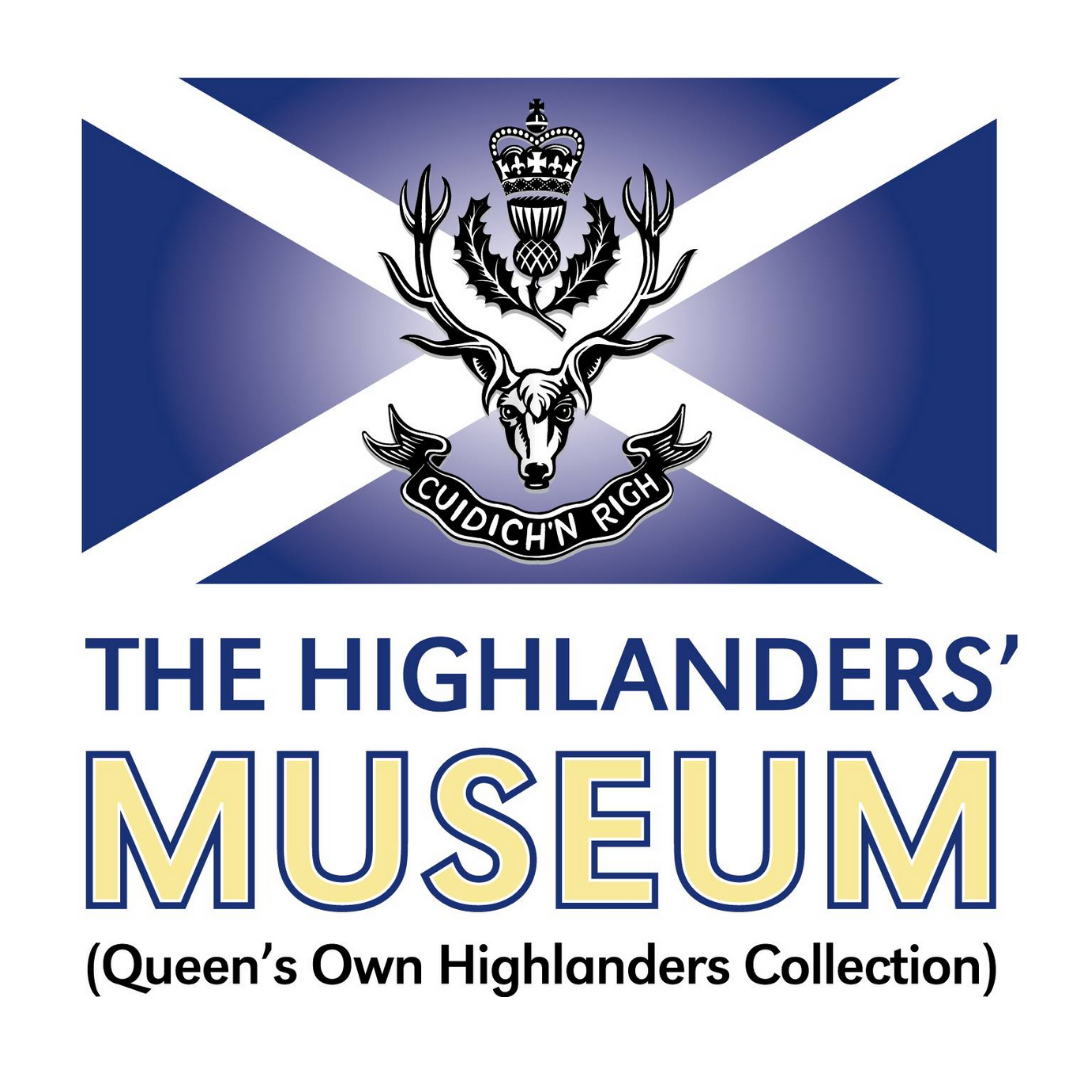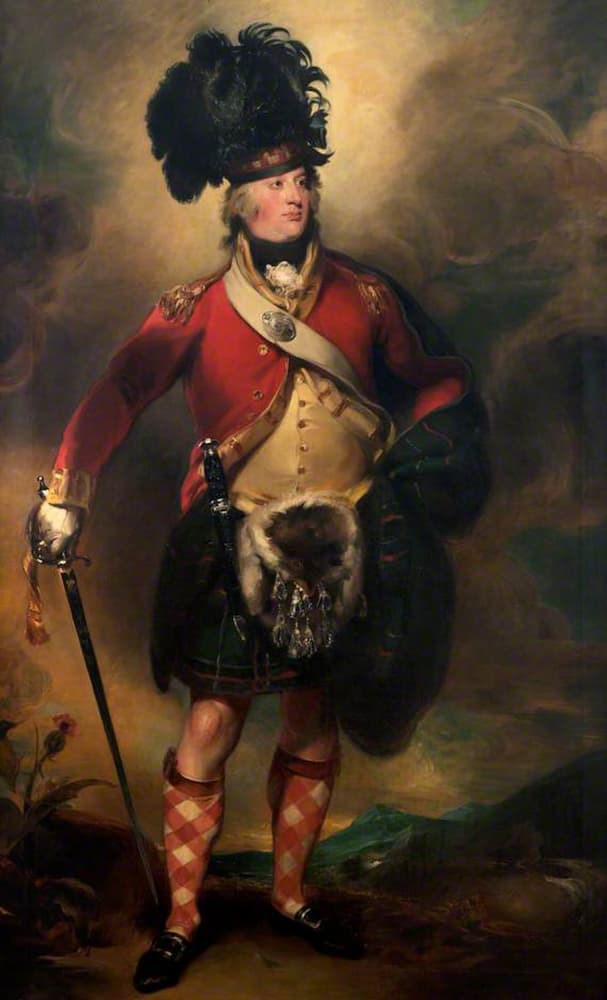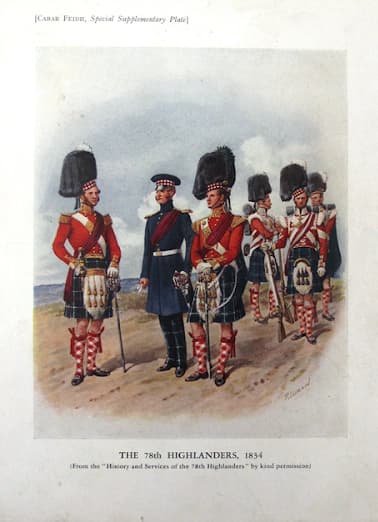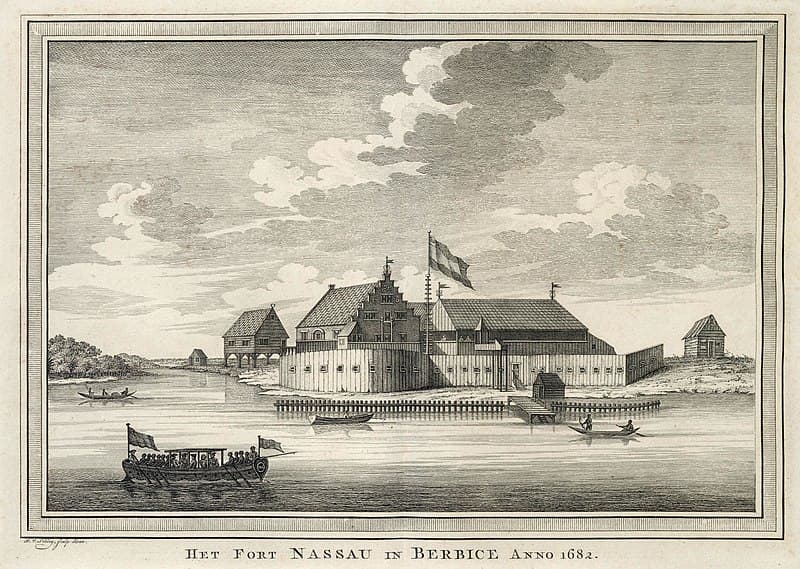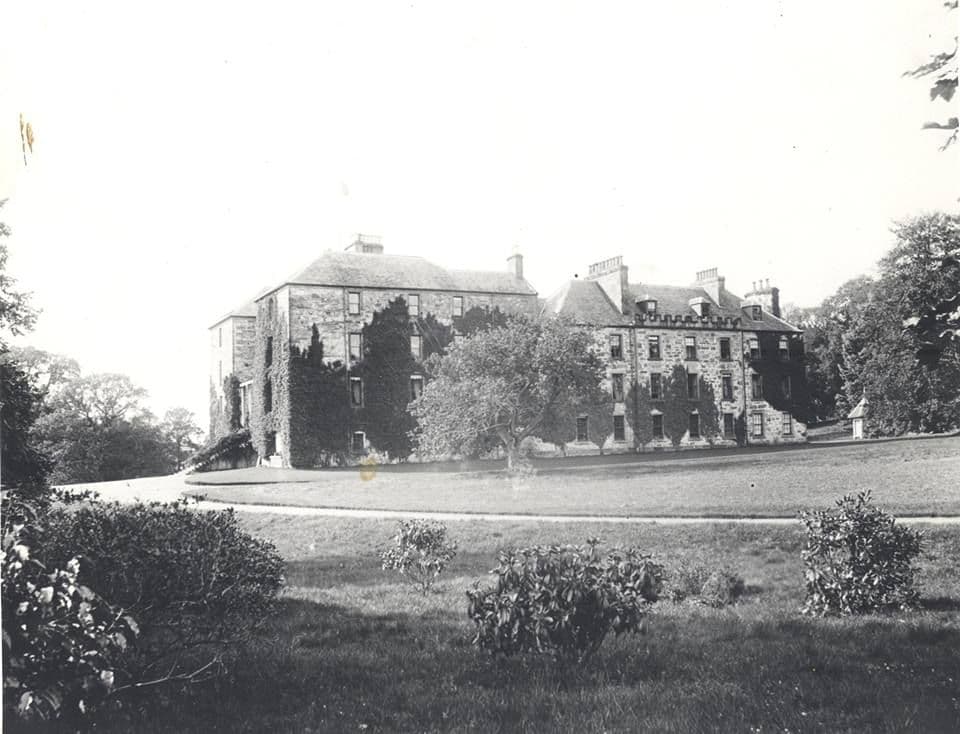THE PERSON BEHIND THE PORTRAIT
FRANCIS MACKENZIE, 1ST BARON SEAFORTH
WHO WAS FRANCIS HUMBERSTON MACKENZIE?
Francis Humberston Mackenzie, Lord Seaforth (also known as Lieutenant-General Mackenzie, 1st Baron Seaforth) was born in 1754. This magnificent portrait shows Mackenzie in the uniform of the 78th Highlanders, standing proudly in front of a fictional Scottish landscape. The background of swirling golden clouds emphasise his power and wealth.
The original portrait was painted by Sir Thomas Lawrence in 1797, and was copied by Aberdeen-based artist William Dyce in c.1840; the copy hangs in the stairwell of The Highlanders’ Museum.
At the age of 12, Mackenzie contracted scarlet fever which left him deaf and partially speech impaired; throughout his life, he was known as ‘MacCoinnich Bodhar’ meaning Deaf Mackenzie in Gaelic. He is widely respected for having overcome his disabilities to exercise his rights as Clan Chief, as well as undertaking a career as a politician, Lieutenant-General, and botanist.
LORD SEAFORTH & THE HIGHLANDERS
Mackenzie inherited the Seaforth estates in 1783, following the death of his elder brother. Throughout the 32 years of his ownership of the estate, he encountered numerous financial problems owing to his extravagant lifestyle and imprudent investment in his estates (including the Isle of Lewis).
In 1787, Mackenzie wrote to the government offering to raise his own regiment on the Mackenzie estates. His offer was rejected, and Mackenzie applied again in 1790, which was again declined. Following the outbreak of the The French Revolutionary Wars in 1793, he offered for a third time and was eventually accepted. He was given the title of Lieutenant-Colonel-Commandant in charge of the 78th Highlanders (Regiment of Foot). His rank was elevated to Lieutenant-General in 1808. This regiment was amalgamated with 72nd Regiment, Duke of Albany’s Own Highlanders in 1881 to form the Seaforth Highlanders.
GOVERNOR OF BARBADOS
One of Mackenzie’s many titles during his lifetime was Governor of Barbados. One of Mackenzie’s ways to deal with his diminishing wealth was to invest in slave plantations in the Dutch colony of Berbice in Guyana. His plantation investments earned him the title of Governor of Barbados, in which position he served from 1800 to 1806, although he never travelled to any plantations.
Mackenzie is lauded for eradicating the practice of killing slaves on the island, and for reducing official discrimination against freed slaves. Nevertheless, his profits from the trade and exploitation of human lives must be remembered as a significant factor of his life. Afterall, the Scottish Highlands are entwined into the history of Guyana, with 30 Guyanese towns still named Cromarty, Dingwall, Inverness, Rosehall, and Tain, to name but a few. Find out more about the Highlands and Guyana here.
FAMILY LIFE
Mackenzie had married Mary Proby in 1782, and they had nine children together: five girls and four boys. Sadly, all four of Makenzie’s sons died young. Three of his daughters died unmarried or without children, meaning the Earl of Seaforth name died out with heiresses Mary Elizabeth Frederica Mackenzie and Helen Anne Mackenzie.
Towards the end of his life, Mackenzie had nearly regained his speech entirely. However, he spent his last two years in near silence, mourning the deaths of his sons. He died in 1815 and was buried in Brahan Castle; although the building was demolished in the 1950s, several monuments around the estate mark the resting places of Seaforths including Francis Humberston Mackenzie.
